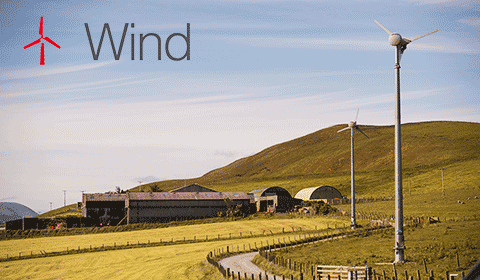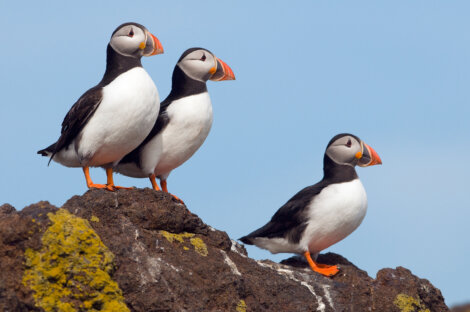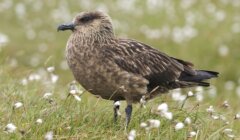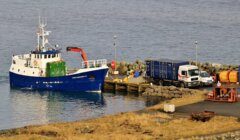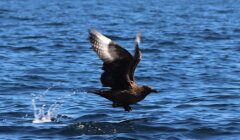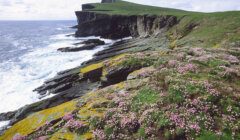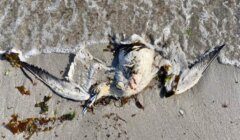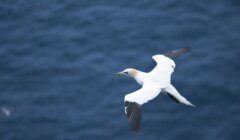News / ‘Drastic population crashes’ among some Shetland seabirds
KITTIWAKE, arctic skua and arctic tern (tirricks) have shown “particularly drastic population crashes” in Shetland, a nature official has said.
NatureScot local operations officer Juan Brown said seabird populations in Shetland generally had followed the trend of national decline.
Gannets were the exception to this trend, he said, until the devastating effects of bird flu in 2022.
That had an “even more devasting impact on bonxies, for which Shetland holds a significant proportion of the world population,” Brown added.
He said Shetland’s breeding seabird populations were “of international importance”.
“Shetland is still a wonderful place to see seabirds in spectacular settings, and we will continue our long-term annual monitoring programmes at our two national nature reserves – Noss and Hermaness – giving us insight to how these important species are faring, and the health of the wider marine environment,” Brown said.
It was revealed in December that the number of bonxies in Unst and Noss had increased slightly but remained significantly below pre-avian flu levels.
NatureScot said seabird populations continued to decline across the country, however the short-term trend for some species was “more promising”.
“Overall seabird numbers fell significantly between 1986 and 2023, with the numbers breeding around our coasts now close to half of the 1986 level, when regular monitoring first started,” the agency said.
Of the 11 species assessed for breeding numbers in 2023, all showed declines – with numbers down by 48 percent overall.
Arctic skua continues to show the worst declines, with numbers down 83 percent since 1986.
NatureScot said shortages of their food source, sandeels, is believed to be one of the main factors for this.
However black-legged kittiwake, European shag and common guillemot populations increased in the sites surveyed.
Become a member of Shetland News
Five species had lower than average breeding success, including the Atlantic puffin, common tern, guillemot, northern fulmar and northern gannet.
NatureScot trends analyst Simon Forster said “climate change, fisheries, predation, and invasive species” could all be contributing to population declines.
Offshore windfarms “may cause additional pressures” on already declining seabird populations, he added.
“Crucially, although they rely on the sea, they breed on land and so are relatively easy to monitor, compared with other marine life,” he said.
“This latest indicator shows the importance of continued long-term monitoring to help understand what is happening to our significant seabird populations so action can be taken whenever possible.”
Become a member of Shetland News
Shetland News is asking its readers to consider paying for membership to get additional perks:
- Removal of third-party ads;
- Bookmark posts to read later;
- Exclusive curated weekly newsletter;
- Hide membership messages;
- Comments open for discussion.
If you appreciate what we do and feel strongly about impartial local journalism, then please become a member of Shetland News by either making a single payment, or setting up a monthly, quarterly or yearly subscription.






















